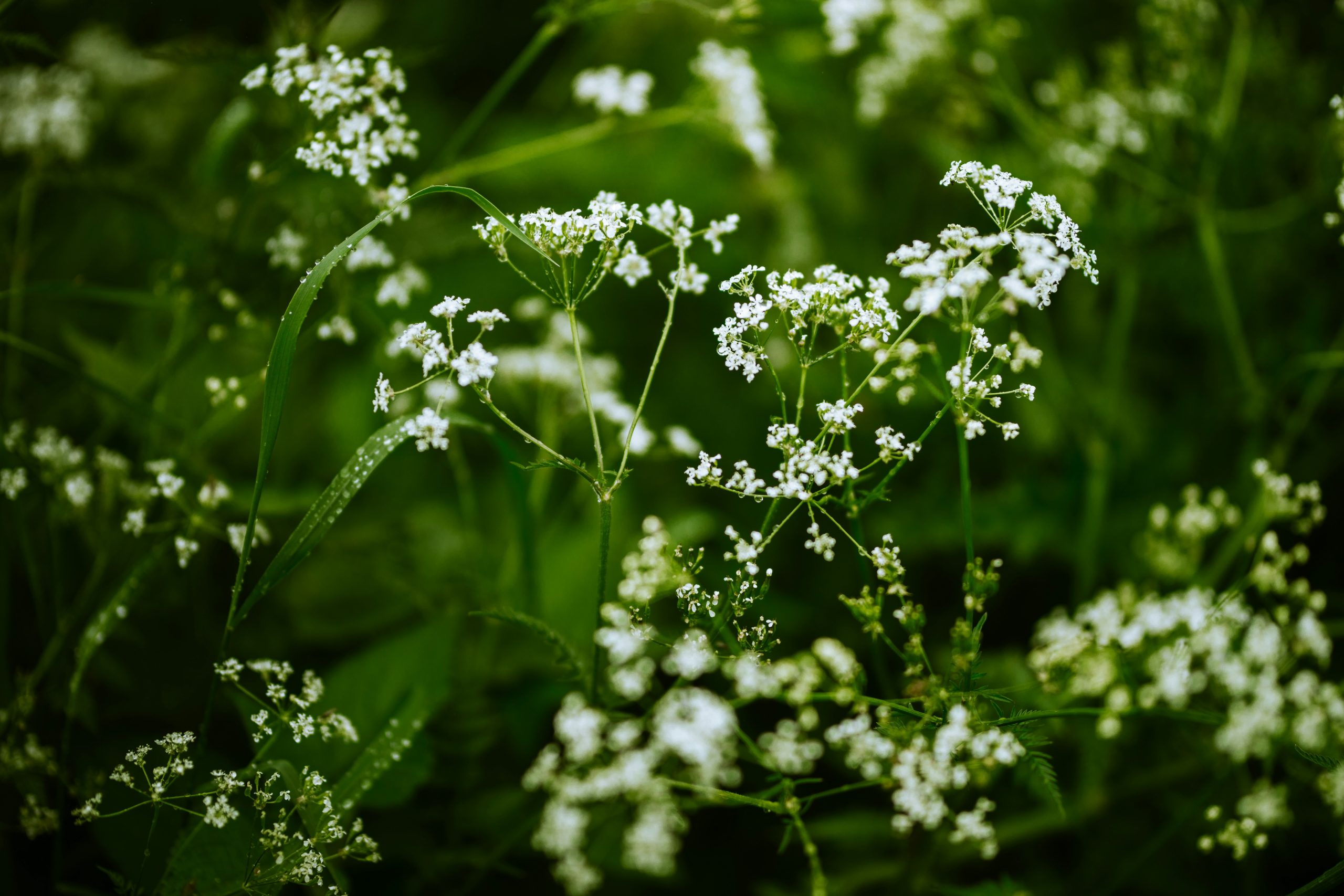Selecting Eco-Friendly Products for a Greener Garden
Choosing eco-friendly products for your garden is a crucial step in creating a sustainable environment. This practice not only contributes to the health of your plants but also supports local wildlife and conserves natural resources. Selecting the right products involves understanding their environmental impact, long-term benefits, and functional effectiveness. Here, we explore various categories that encompass eco-friendly garden products, offering insights into making informed decisions.
When choosing compost and soil amendments, consider products that are organic or locally sourced. Organic compost enhances soil fertility without introducing harmful chemicals, while locally sourced materials reduce carbon emissions associated with transportation. Look for certifications from reputable organizations such as the Organic Materials Review Institute (OMRI). Composting at home is another excellent way to recycle kitchen waste and provide nutrient-rich soil amendments. Vermicomposting, which involves the use of worms, is particularly effective for producing valuable compost with minimal effort.
Responsible water management is vital in maintaining an eco-friendly garden. Drip irrigation systems are a preferred choice as they deliver water directly to plant roots, minimizing evaporation. These systems can be easily integrated with rainwater harvesting setups, allowing you to maximize water use efficiency. Installing a rain barrel is a simple, cost-effective solution to collect and reuse rainwater. Additionally, consider choosing drought-resistant native plants that require less water and are more adapted to your local climate.
Garden furniture and infrastructure should also be considered for their environmental impact. Opt for items made from sustainable or recycled materials, such as FSC-certified wood or recycled plastic. These options have a lower environmental footprint and are often designed to last longer than conventional alternatives. For pathways and patios, permeable paving materials allow rainwater to soak into the ground, reducing runoff and promoting groundwater replenishment.
In choosing planters and containers, materials like terracotta, recycled metal, or bamboo are excellent eco-friendly options. These materials are biodegradable or recyclable, reducing their impact on the environment when it’s time for disposal. Additionally, these materials often offer better insulation properties for plant roots, helping them thrive. When selecting tools, seek out manual or electric options over gas-powered ones, which contribute to air and noise pollution. Tools made from stainless steel or responsibly sourced wood are durable choices that can last for years with proper maintenance.
Pesticides and fertilizers play a significant role in garden health but can be harmful if not chosen wisely. Opt for natural pest control methods, such as beneficial insects or homemade sprays using garlic and neem oil. Integrated pest management (IPM) strategies, which include crop rotation and companion planting, provide effective control while minimizing chemical use. When fertilizers are necessary, choose slow-release organic formulas that improve soil health without causing nutrient runoff.
Lighting for gardens is another area where eco-friendliness can be applied. Solar-powered lights can illuminate pathways or highlight landscape features without increasing your energy bills. LED lights are another sustainable choice, offering long-lasting performance and significant energy savings compared to traditional incandescent bulbs. Utilizing timers and motion sensors can further enhance energy efficiency and extend the lifespan of your garden lighting.
When it comes to garden décor, sustainability should also be considered. Items made from upcycled materials not only prevent waste but also add unique character to your garden. Whether it’s a birdhouse made from reclaimed wood or a decorative garden feature crafted from repurposed metal, these items showcase creativity while promoting environmental responsibility. Supporting artisans who use sustainable practices helps to drive demand for eco-friendly products and encourages innovation in the market.
Focusing on biodiversity is another important aspect of an eco-friendly garden. Incorporating a mix of plant species, particularly native ones, helps support local ecosystems by providing food and habitat for pollinators and other wildlife. This diversity ensures a natural balance and reduces the need for chemical interventions in pest and disease control. Setting up a small habitat, such as a bee hotel or bird feeder, can further enhance your garden’s role in supporting biodiversity.
Finally, the selection of seeds and plants plays a crucial role in establishing an environmentally friendly garden. Heirloom varieties are preferred as they contribute to genetic diversity and often have better nutritional profiles and resilience compared to hybridized varieties. Purchasing from local nurseries not only supports the local economy but typically reduces the carbon footprint associated with transportation. Pay attention to certification labels such as “Certified Organic” or “Non-GMO” to ensure that the products meet certain environmental standards.
In creating a greener garden, each decision made impacts the environment. Whether it is the choice of raw materials for furniture or the types of plants selected, prioritizing eco-friendly products promotes an ecosystem in balance, aligning with both personal and global sustainability goals.




